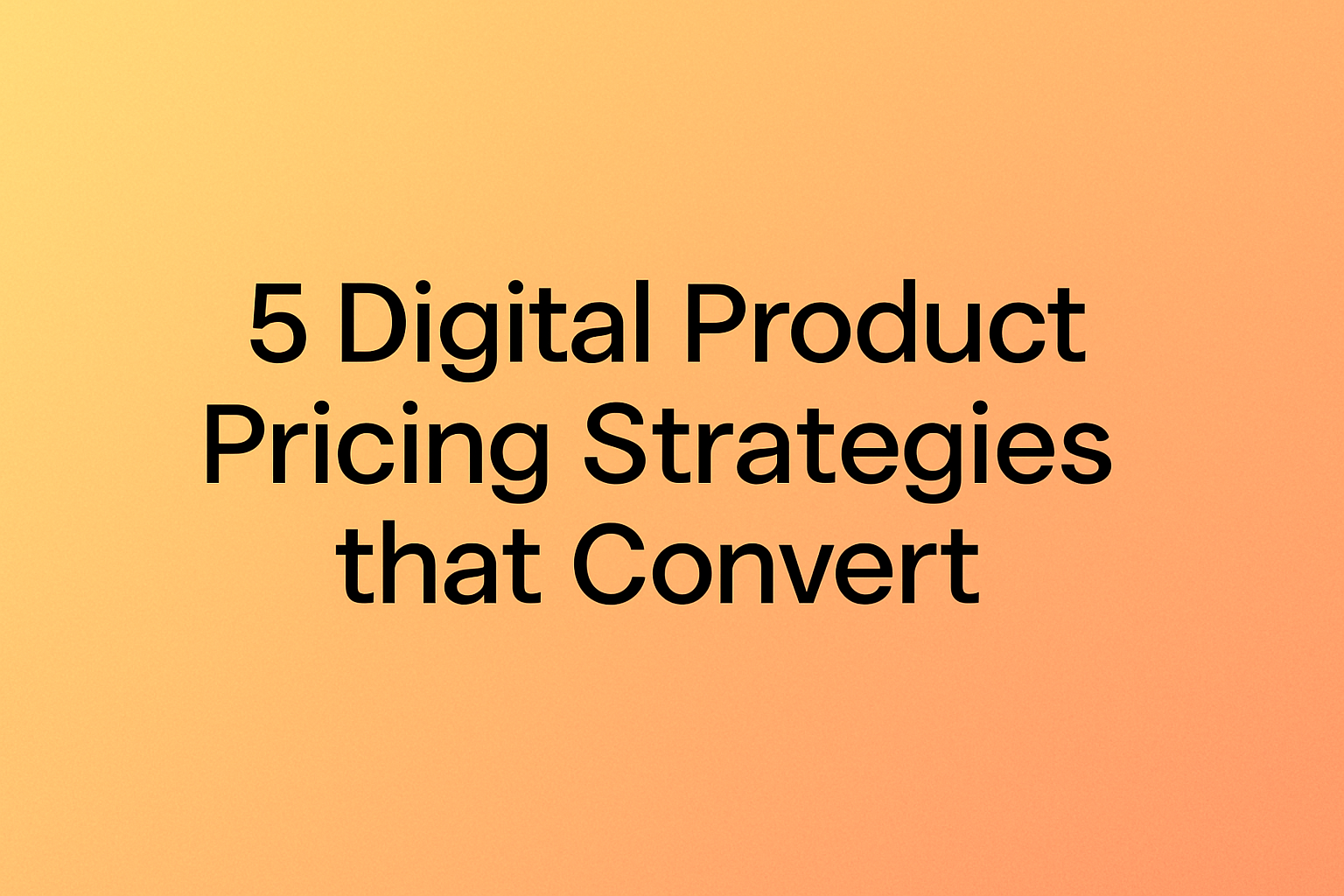TL;DR
- Use charm pricing (₹999 instead of ₹1,000) to make prices appear more affordable through the left-digit bias effect.
- Offer three pricing tiers to accommodate different budgets, with the middle option typically yielding the best conversion rate.
- Start with freemium or free trials to remove cost barriers and build trust before asking for payment.
- Bundle multiple products at a discount and visually display the savings.
- Display a higher reference price first, then your actual cost, to make it look like a bargain.
Imagine you launched their first digital course at ₹5,000. Zero sales. You panicked, dropped it to ₹500—still nothing. Then you tried ₹999 with a “48-hour launch offer” and suddenly conversions started happening.
That’s when the realization hit you—pricing isn’t just about picking a number. It’s about understanding how your audience sees value, what makes them hesitate, and what pushes them to click “buy now”.
For Indian digital creators selling courses, ebooks, templates, or SaaS products, getting pricing right can mean the difference between crickets and conversions. Here are five strategies that actually work.
Content Index
- Charm pricing (the ₹999 effect)
- Tiered pricing (good-better-best)
- Freemium or free trials
- Bundling for perceived value
- Anchoring with reference prices
- Comparison of All Pricing Strategies
- Final Thoughts
Charm pricing (the ₹999 effect)
What it is
Ending your prices in 9 or 99 instead of round numbers.
Why it works
When someone sees ₹999, their brain focuses on that first digit. It registers as “₹9 something” rather than “almost ₹1,000”. This left-digit bias makes the price feel significantly cheaper even though the actual difference is just one rupee.
Real examples
Flipkart lists smartphones at ₹19,999 instead of ₹20,000. BoAt sells headphones for ₹1,499, not ₹1,500. Studies show this simple trick can boost sales by 24% to 60%.

How to apply it
- Look at your current pricing and adjust the endings
- Course at ₹5,000? Try ₹4,999 or ₹4,997
- Templates at ₹1,000? Make it ₹999 or ₹997
- Lower-priced products work well with ₹49, ₹99, ₹199
When to use
Works across almost all price points. Particularly effective for impulse purchases, where people make decisions quickly. The psychological nudge of that lower first digit can tip them from “maybe later” to “buy now”.
Tiered pricing (good-better-best)
What it is
Creating multiple price levels with different features. Usually, three tiers work best.
Why it works
People with different budgets can buy from you. The middle option typically becomes most popular because it feels like a balanced choice—not too basic, not too expensive.
Example structure
- Basic: ₹1,000 (self-paced videos only)
- Standard: ₹3,000 (videos + live Q&A + toolkit) ← Mark as “recommended”
- Premium: ₹10,000 (everything + 1-on-1 coaching)
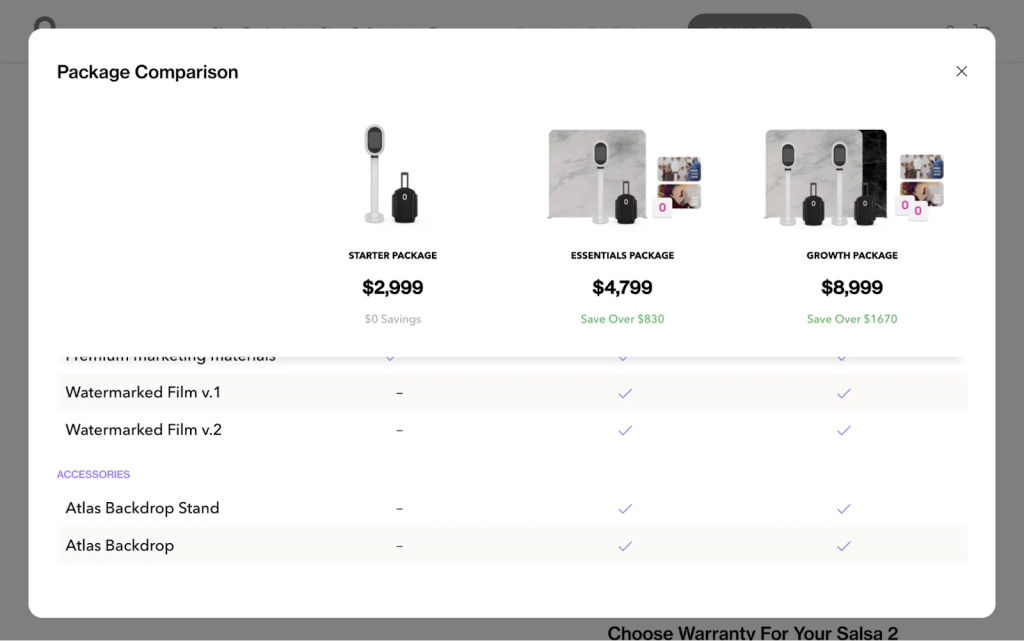
How to set it up
- Make each tier’s value crystal clear
- List what’s included in each package
- Highlight your “recommended” tier (usually the middle one)
- Ensure the jump in value justifies the price increase
Common mistakes
A common mistake in digital product development is creating too many tiers. It confuses people. Stick to three. Additionally, unclear differences between levels can hinder conversions. Someone should immediately understand why Standard costs more than Basic.
Freemium or free trials
What it is
Give away a basic version for free—charge for premium features or full access.
Why it works in India
Removes the most significant barrier—upfront cost. People can try before they pay, which builds trust. Once they see value, a percentage will upgrade.
Real examples
Zoho offers free basic tiers for business tools, then upsells to paid plans. Byju’s provides free educational content to hook students, then converts them to paid courses.
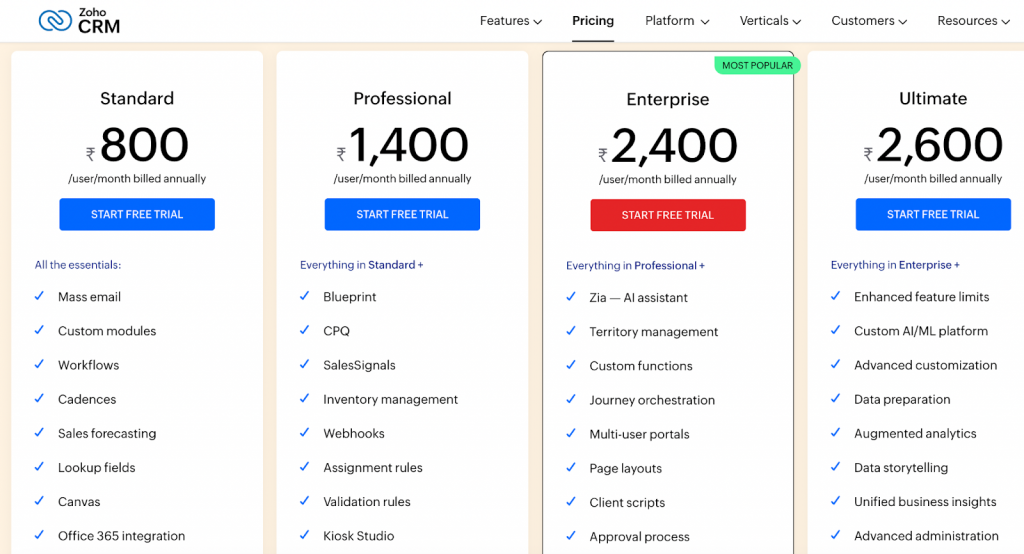
How to structure it
- Make the free tier genuinely helpful (so people talk about it)
- Keep premium features compelling enough that power users want to upgrade
- For apps: limit features or usage in the free version
- For courses: offer the first 2-3 modules free, the rest paid
For non-SaaS products
- Offer the first chapter of your ebook free
- Run a free mini-course before pitching the complete program
- Give a 14-day free trial with full access
- Host free webinars that lead to paid offerings
Bundling for perceived value
What it is
Package multiple products together at a discount.
Why it works
People compare the bundle price to individual prices. When they see savings, it feels like getting a deal. Indians, in particular, respond to “more for less” offers.
Example breakdown
- eBook alone: ₹500
- Template pack alone: ₹600
- Total if bought separately: ₹1,100
- Bundle price: ₹899
- Perceived savings: ₹201 (18% off)
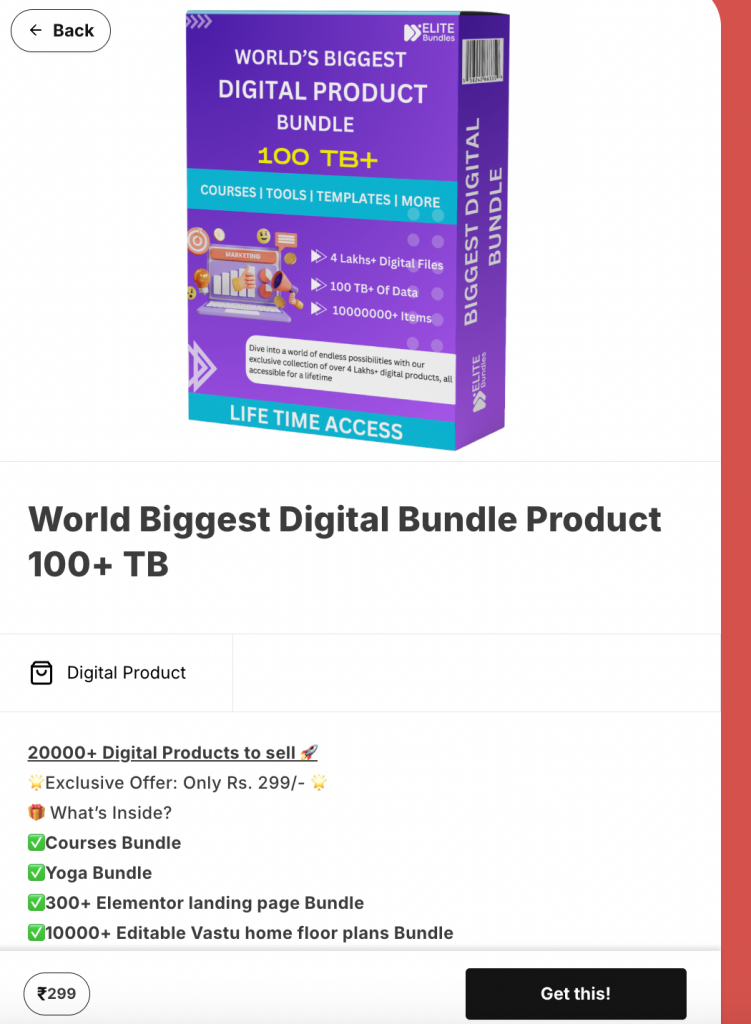
How to present it
Show the math clearly. Cross out the individual total (₹1,100) and display your bundle price (₹899). This visual comparison does the selling for you.
Pro tip
Time-limited bundles work wonders. “Diwali bundle: All five courses for ₹2,999 (saves ₹2,000) – ends Sunday” creates urgency. People delay purchases for sales, so give them one.
What to bundle
- Complementary products (design course + design templates)
- Main product + bonus materials
- Multiple courses in the same topic area
- Product + implementation session
Anchoring with reference prices
What it is
Show a higher “original” price first, then your actual discounted price. The first number becomes the anchor in people’s minds.
Why it works
When someone sees ₹10,000 now ₹2,499, they think “I’m getting ₹10,000 worth of value for just ₹2,499.” The anchor makes your actual price look like a bargain.
Example in action
Course pricing page shows:
- ₹10,000
- ₹2,499 (limited time)
Buyers focus on the ₹10,000 value, not the ₹2,499 cost.
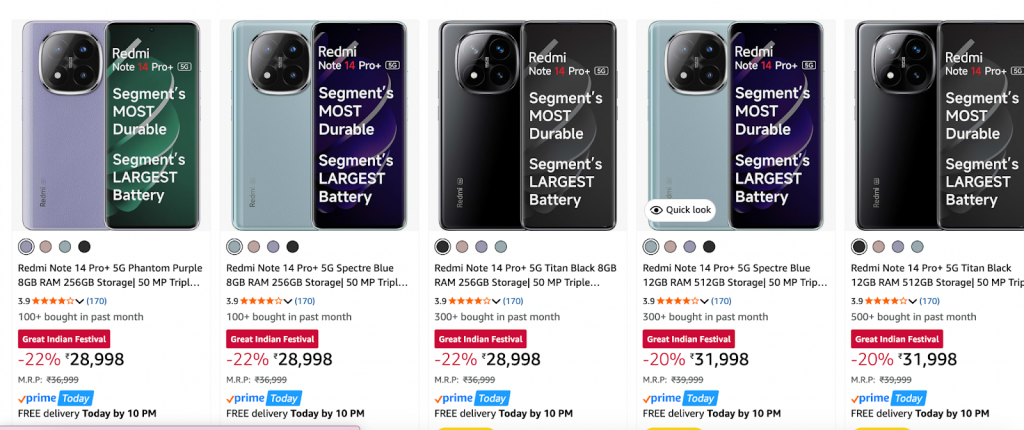
How to do it right
The anchor must be believable. Don’t randomly inflate prices. If your course has 20 hours of content and similar courses sell for ₹8,000-₹12,000, then ₹10,000 is a credible anchor. But claiming ₹50,000 for the same course looks dishonest.
Alternative approach
Present your expensive plan first on the pricing pages. When someone sees the Enterprise plan at ₹10,000/month, your Standard plan at ₹3,000/month suddenly looks affordable. The high anchor makes everything else seem reasonable.
Where to use it
- Launch offers (“Early bird ₹1,999, regular price ₹3,999”)
- Limited-time discounts
- Seasonal sales
- First-time buyer offers
Comparison of All Pricing Strategies
| Strategy | Original Price | After Strategy | Key Element | Best For |
| Charm Pricing | ₹5,000 | ₹4,999 | Ending in 9/99 | All price points, impulse buys |
| Tiered Pricing | Single ₹5,000 plan | Basic ₹1,000Standard ₹3,000Premium ₹10,000 | Multiple options | Different customer segments |
| Freemium | ₹2,000 upfront | Free basic₹2,000 premium | Remove cost barrier | Building trust, large audience |
| Bundling | eBook ₹500Templates ₹600Total ₹1,100 | Bundle ₹899 | Package discount | Multiple products |
| Anchoring | ₹2,499 (no context) | Reference price | Launch offers, limited sales |
Final Thoughts
Pricing isn’t about finding one perfect number. It’s about understanding how your audience sees value and removing barriers to purchase. Start with one strategy—maybe charm pricing or a simple tier structure—and test it. Watch your conversions, then adjust.
The creators who consistently make money aren’t the ones with perfect strategies. They’re the ones who make buying feel trustworthy and straightforward.
Make payment seamless
Reasonable pricing falls apart when customers can’t pay easily. Indian buyers expect UPI, cards, wallets, and net banking. Platforms like Nimbbl connect you to multiple payment gateways through a single integration, providing customers with their preferred method and reducing the number of failed transactions.

